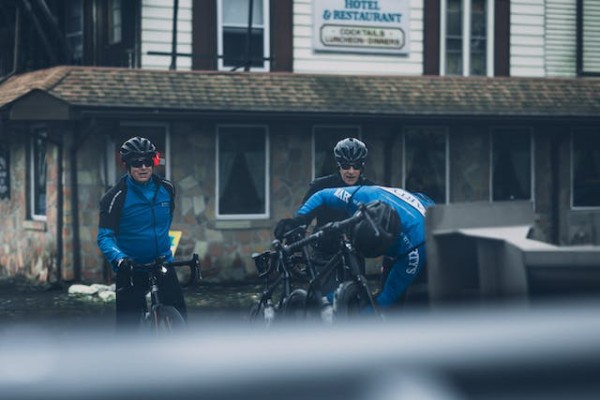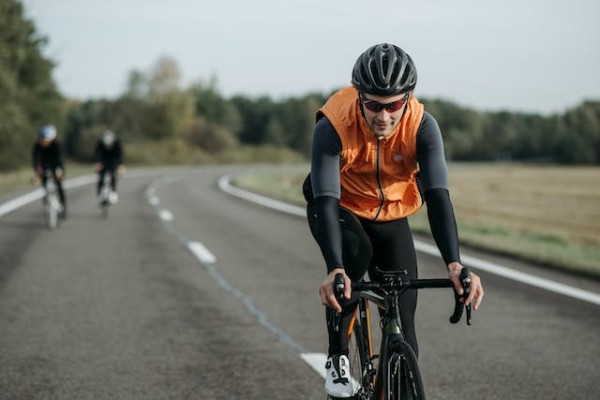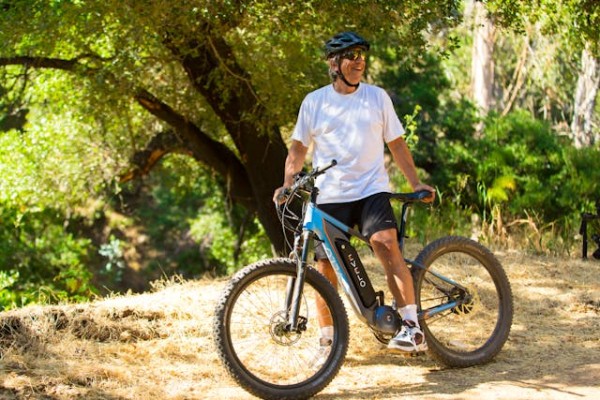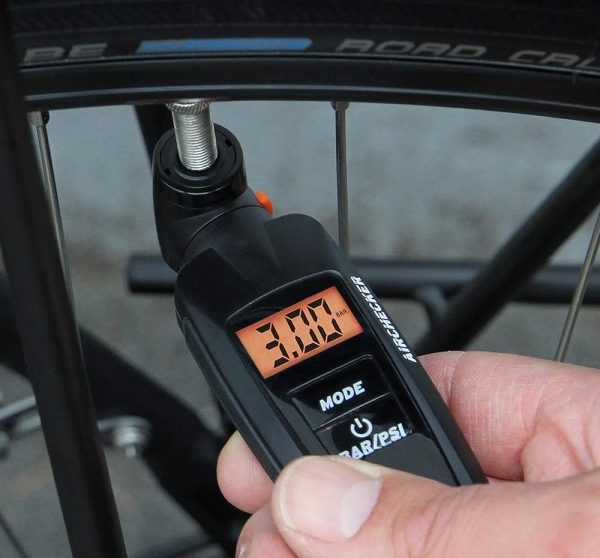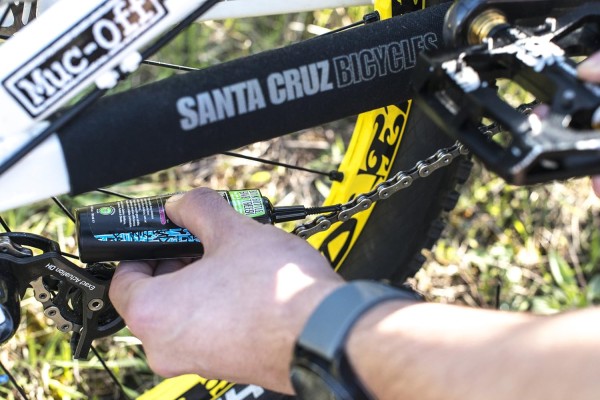Do you know that every year, thousands of cyclists are involved in traffic accidents? But here’s the good news: by following a few simple guidelines, you can ensure your safety while riding in traffic. So, whether you’re commuting to work or just enjoying a leisurely ride, it’s important to know how to navigate the roads confidently.
First and foremost, familiarize yourself with traffic laws and regulations. Understanding the rules of the road will help you ride with confidence and predictability. Next, make sure you’re equipped with proper safety gear, such as a helmet and reflective clothing. These items not only protect you but also increase your visibility to motorists. Speaking of visibility, it’s crucial to enhance it further by adding lights and reflectors to your bike.
Additionally, it’s essential to anticipate and react to traffic situations. Stay alert and watch for potential hazards, such as opening car doors or sudden lane changes. And remember, effective communication with drivers and pedestrians is key. Make eye contact, use hand signals, and always obey traffic signals to ensure everyone understands your intentions. By following these guidelines, you can confidently ride in traffic, knowing you’re taking the necessary steps to stay safe.
So, hop on your bike, join the community of responsible cyclists, and enjoy the ride while keeping yourself and others protected on the road.
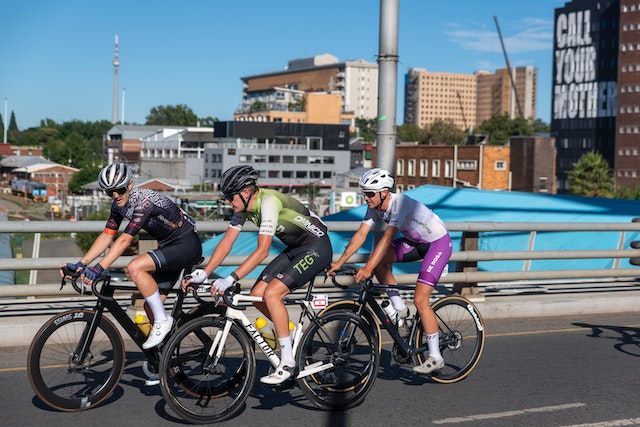
1. Understanding Traffic Laws and Regulations
To ride safely in traffic, you gotta understand the traffic laws and regulations. It’s all about knowing the rules of the road and following them to keep yourself and others safe.
First things first, always obey the speed limit. Going too fast not only puts you at risk but also makes it harder for other drivers to predict your movements. Plus, it’s important to remember that speed limits are set for a reason, to ensure everyone’s safety.
Another important law to keep in mind is stopping at red lights and stop signs. It may be tempting to roll through, but it’s crucial to come to a complete stop and check for other vehicles or pedestrians before proceeding.
And don’t forget about using your signals! Letting others know your intentions by using your turn signals helps create a predictable environment on the road.
Lastly, be sure to yield the right-of-way when necessary. Whether it’s letting a pedestrian cross the street or giving priority to another driver, being courteous and aware of others can go a long way in maintaining a safe traffic environment.
Remember, understanding and following traffic laws and regulations is key to riding safely in traffic and finding your place in the community of road users.
2. Using Proper Safety Gear
When navigating the bustling streets, it’s crucial to don the armor of protective gear, like a knight preparing for battle. This gear is your shield against the dangers that lurk in traffic. So, before you mount your trusty steed, make sure you’re properly equipped to ride safely.
Here’s a list of essential safety gear that’ll make you feel like part of a community, a brotherhood of riders:
- Helmet: This is your crown, your symbol of protection. Choose a helmet that fits snugly and has a DOT or Snell certification. It’ll protect your head from any unexpected falls or collisions.
- Reflective Vest: This is your cloak of invisibility. Wearing a reflective vest ensures that you’re visible to other road users, especially in low-light conditions. It helps create a sense of belonging among fellow riders, signaling that you’re part of a united front.
- Gloves: These are your gauntlets, your second skin. They provide a better grip on the handlebars and protect your hands from the elements. They’re also an essential part of the rider’s uniform, a mark of camaraderie.
Remember, wearing the proper safety gear not only keeps you safe but also helps you feel like you belong to a community of riders who prioritize their well-being. So, suit up and ride confidently, knowing that you’re part of something bigger.
3. Increasing Your Visibility
Maximize your visibility on the road by wearing bright, reflective clothing and accessories that catch the eye of other drivers. When you’re out riding your bike in traffic, it’s crucial to make yourself as visible as possible to ensure your safety.
By choosing clothing and accessories in vibrant colors like neon yellow or orange, you’ll stand out from the crowd and grab the attention of drivers around you. Reflective elements, such as strips on your helmet, jacket, or backpack, will also help you become more visible, especially during low-light conditions or at night.
In addition to wearing bright and reflective gear, consider adding accessories that can further enhance your visibility. Attach lights to your bike, both at the front and the back, to make yourself even more noticeable. These lights can be set to a steady or flashing mode, depending on your preference. Remember to check the batteries regularly to ensure they’re working properly.
When riding in traffic, it’s important to be seen from all angles. Consider adding reflective tape to your pedals, shoes, and even your bike frame. This extra touch will help drivers spot you from various perspectives, reducing the chance of accidents.
By increasing your visibility on the road, you’ll be taking a proactive step toward your safety. Not only will you feel more confident and secure, but you’ll also be creating a sense of belonging within the cycling community.
So, gear up in bright and reflective clothing, attach those lights, and add some reflective tape. Ride with confidence, knowing that you’re doing everything you can to be seen and stay safe on the road.
4. Anticipating and Reacting to Traffic Situations
By keeping a watchful eye on the road ahead, you can swiftly navigate through potential hazards and respond to changing traffic situations. Anticipating and reacting to traffic situations is crucial for your safety as a cyclist.
As you ride, always stay alert and be aware of your surroundings. Look out for any signs or signals that might indicate a potential hazard, such as a car turning or a pedestrian crossing. By paying attention to these cues, you can adjust your speed or position on the road accordingly.
Remember, it’s important to anticipate what other road users might do. Try to predict their movements by observing their behavior and body language. For example, if a car is approaching a junction, be prepared for it to potentially turn in front of you. By being proactive and ready to react, you can avoid potential collisions and safely navigate through traffic.
Reacting quickly and decisively is also vital. If you see a car suddenly swerving or a pedestrian stepping onto the road, be prepared to take immediate action. Stay calm and use your judgment to determine the safest course of action, whether it’s slowing down, changing lanes, or even stopping completely.
By staying vigilant, anticipating potential hazards, and reacting swiftly, you can ride safely in traffic and confidently navigate through changing traffic situations. Always remember to prioritize your safety and the safety of those around you.
5. Communicating Effectively with Drivers and Pedestrians
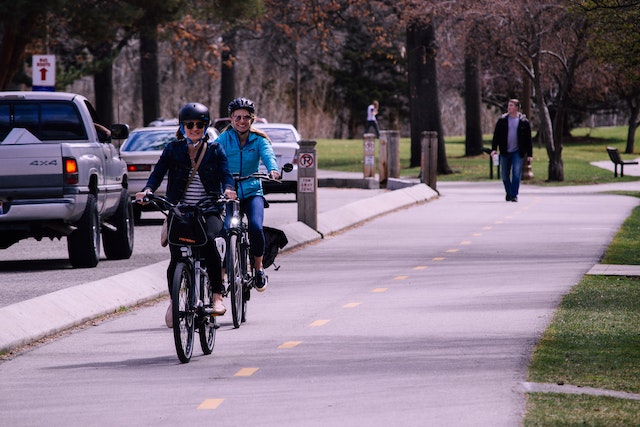
To effectively communicate with drivers and pedestrians, you should use hand signals and make eye contact to ensure they understand your intentions. It’s important to remember that communication is key when it comes to riding safely in traffic.
By using hand signals, such as pointing left or right, you can let drivers and pedestrians know which way you plan to turn. This simple gesture can prevent accidents and help everyone on the road feel more at ease.
In addition to hand signals, making eye contact with drivers and pedestrians is crucial. When you lock eyes with someone, it establishes a connection and ensures that they see you. This can be especially helpful at intersections or when you’re crossing the street. By making eye contact, you can confirm that the driver or pedestrian acknowledges your presence and intends to yield to you.
Remember, effective communication is about more than just hand signals and eye contact. It’s also about being respectful and courteous on the road. Wave or nod to drivers who yield to you, and thank pedestrians who give you the right of way. These small gestures go a long way in fostering a sense of belonging and creating a positive environment for everyone sharing the road.
So, next time you’re out riding in traffic, make sure to communicate effectively and show kindness to those around you.
Frequently Asked Questions
How do I choose the right size helmet for myself?
To choose the right size helmet for yourself, measure the circumference of your head just above your eyebrows. Use this measurement to find a helmet that fits snugly, ensuring maximum protection while riding.
Is it legal to ride a bicycle on the sidewalk?
Yes, it is legal to ride a bicycle on the sidewalk in some places. However, it is important to check local laws and consider the safety of pedestrians before deciding to ride on the sidewalk.
What are some common hand signals that cyclists use to communicate with drivers?
To communicate with drivers, cyclists use hand signals like extending their left arm out to indicate a left turn, bending their left arm upward to signal a right turn, and extending their left arm downward to indicate stopping.
Are there any specific safety precautions to take when riding in inclement weather?
Take extra precautions when riding in inclement weather. Wear bright and reflective clothing, use lights, and make sure your bike has good traction. Be cautious of slippery surfaces and reduced visibility.
How can I properly maintain my bicycle to ensure its safety on the road?
To ensure your bicycle’s safety on the road, keep it well-maintained. Regularly check tire pressure, brakes, and chain lubrication. Remember, a stitch in time saves nine, so fixing small issues promptly prevents bigger problems later.
Conclusion
As you navigate through the concrete rivers of traffic, remember that knowledge is your shield and gear is your armor. By understanding the laws and regulations, wearing the right safety gear, and making yourself seen, you become an unyielding force on the asphalt battlefield. Anticipate the ebb and flow of traffic, and react swiftly like a dancer in perfect sync. Communicate with confidence, your movements becoming a language of their own.
